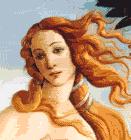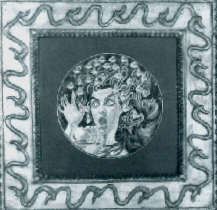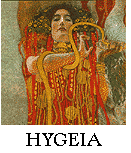Lecture 1I. Images of Women in LiteratureImages of Women Chart
If we were to take a look at some of the images we have examined already, we would see that they tend to fit neatly into the categories of the "types" of female images that have persisted in the popular imagination. for example, Hypatia is a kind of Hearth-Keeper Image, she is mature, knowing, but essentially boring? Emily Bronte is a perfect little "Spinster"-- and Seshat, although sometimes listed as Thoth's wife, is more often cited as his "Daughter"--and the "Daughter" is most often a "Virgin" image. (Some folks have asked about watching movies as a way of accessing literature came up. this lesson, in a way, addresses the issue. We can always draw on our visual knowledge to enhance our understanding of the characters we encounter in literature.)
And, if we go ahead and finish off the chart, you may find that most of the women you have encountered both in literature, and in history itself {being essentially a kind of narrative form}, fit easily into our categories. One thing that does happen, however, is that the images may undergo a change in our perception of them as morals and mores change, but the categories remain much the same. In fact, we can find many of our literary types right in the ancient mythologies of Sumeria, Egypt, Anatolia, Greece, and Rome. These archetypes persist in our literary imaginations today and we will make an ongoing gallery to refer to as the class proceeds. Images of Women Chart, filled in....
fyi, if you are interested in the corresponding names of Greek and Roman Goddesses, you can access this page. We will continue to work on this chart as the class progresses--each of you is encouraged to suggest characters you have read about as candidates for the archetypes. We can discuss these in the Newsgroup Discussion and relate them to the authors you are working on for you project! We will compile, as we go along, a record of images women in literature that we have encountered. Images Chart.
|
|||||||||||||||||||||||||||||||||||||||||||||
|
Literature 45 - Women in Literature: Marjorie C. Luesebrink, MFA Contents: Announcements // Discussion Page // About Your Class // Class Syllabus // Lecture Notes // Discussion Group // Reading List // Recommended Reading // Assignments // Resources and Web Sites // Grading Policies // Contact Your Instructor
|
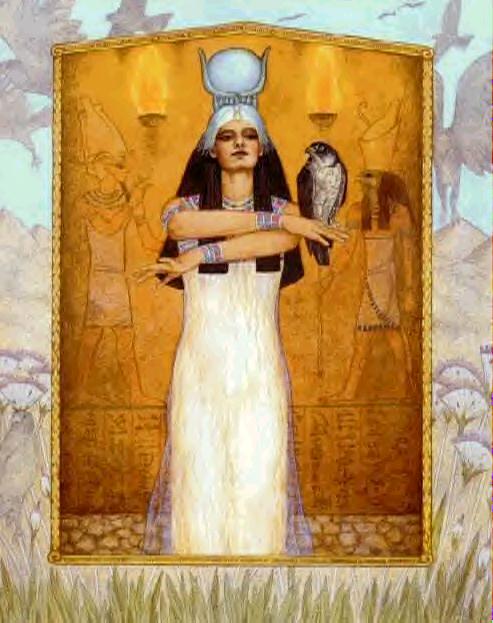
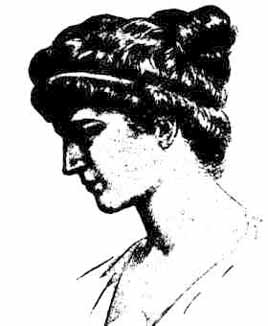

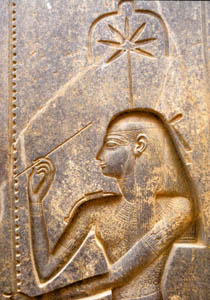
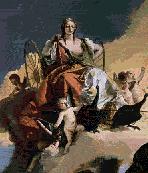
 Gaia
Gaia
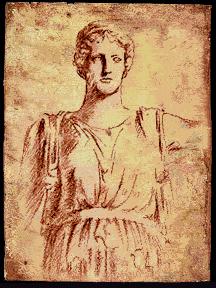 Demeter
Demeter Hestia, or
Hestia, or the
Roman Vesta
the
Roman Vesta

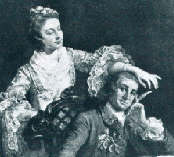

 Banshee
Banshee
 or the Witch
or the Witch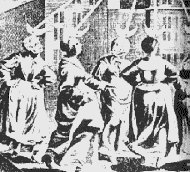 or
crazy ladies
or
crazy ladies
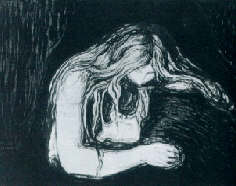
 Solitary and Virginal
Solitary and Virginal

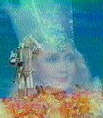 a good Witch, Glenda
a good Witch, Glenda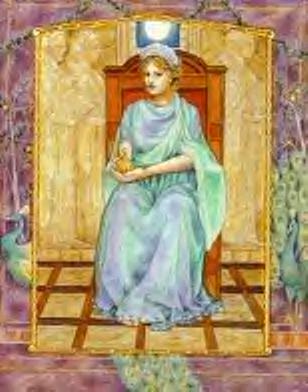 or resigned Juno
or resigned Juno Hecate
Hecate
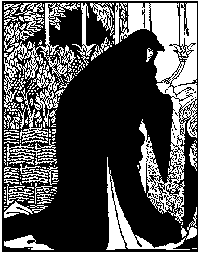 or
Guinevere
or
Guinevere Anna
and The King
Anna
and The King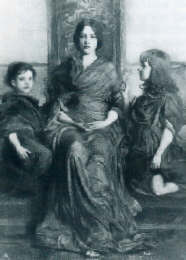 Mother
Mother from Byzantium
from Byzantium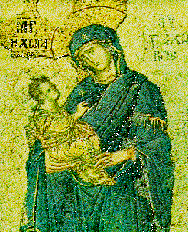
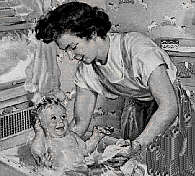 to Suburbia
to Suburbia
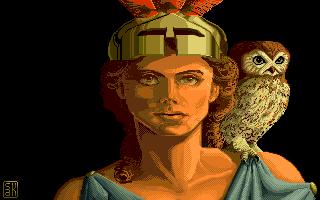 Athena,
Goddess of Wisdom
Athena,
Goddess of Wisdom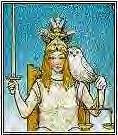 Minerva,
Warrior Goddess of Wisdom
Minerva,
Warrior Goddess of Wisdom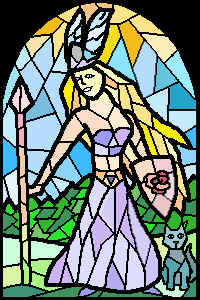 Freya,
Goddess of War, Fertility, Death
Freya,
Goddess of War, Fertility, Death

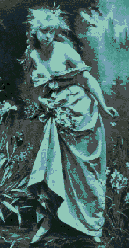
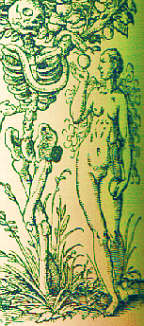 Eve
Eve
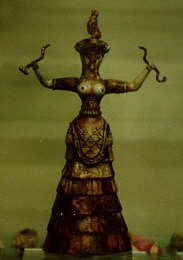 the Snake Goddess
the Snake Goddess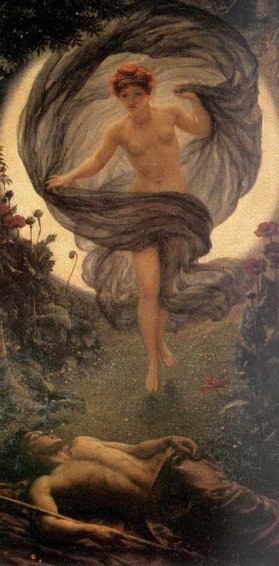
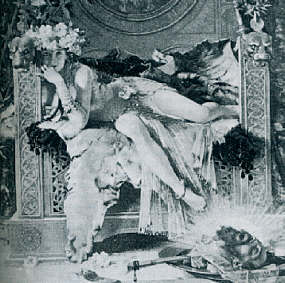
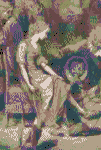 Cinderella
Cinderella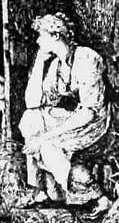 The
Miller's Daughter
The
Miller's Daughter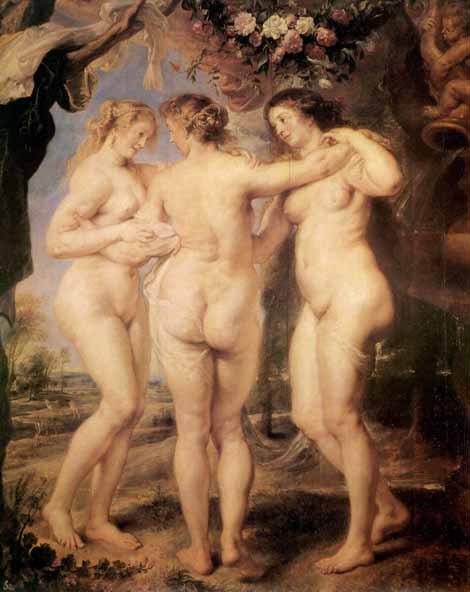 Reubens'
Three Graces
Reubens'
Three Graces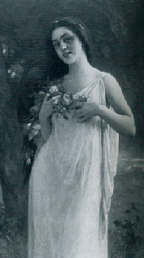 Flower Girl
Flower Girl 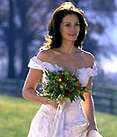 or
The Bride
or
The Bride Artemis
Artemis
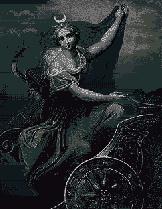 or Diana
or Diana Venus
Venus
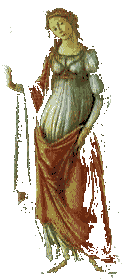
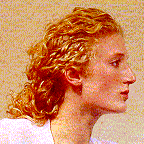 Aphrodite
Aphrodite